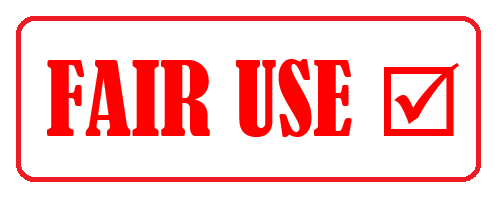
 The Copyright Act gives the owner of a copyright the exclusive right to reproduce and distribute their work. One exception to this exclusive right is called "the fair use exception."
The Copyright Act gives the owner of a copyright the exclusive right to reproduce and distribute their work. One exception to this exclusive right is called "the fair use exception."
The fair use exception permits the reproduction of a portion of a copyrighted work without the copyright owner's permission, under certain circumstances.
This is a vitally important exception for education, as it enables students, scholars, and critics to use and reference copyrighted works in their own scholarship, teaching, and critiques.
Under Indian regime legal framework being the Copyright Act, 1957, section 52 lays down certain acts or works that cannot be considered as an infringement of copyright namely fair dealing with a literary, dramatic, musical or artistic work not being a computer program for the purposes of-
SOURCE: Khan, U. A. (2020, August 9). Fair use law in India under Copyright Act. iPleaders
FOR MORE INFORMATION ON FAIR USE CLICK HERE:-Exceptions To Infringement Under Copyright Act, 1957
SOURCE:- "WHAT IS FAIR USE?" DORI EISENSTAT, www.dorieisenstat.com/graphics.html.
There's no one right answer as to what constitutes a fair use of a particular copyrighted work. The answer varies from situation to situation.
Four factors are considered in all fair use evaluations. They are:
These four factors are not meant to be exclusive and must be examined together. The statute does not indicate how much weight is to be accorded each factor, therefore, it is advisable to treat the four factors equally.
SOURCE: BUTLER UNIVERSITY LIBGUIDE PAGE ON FAIR USE.

